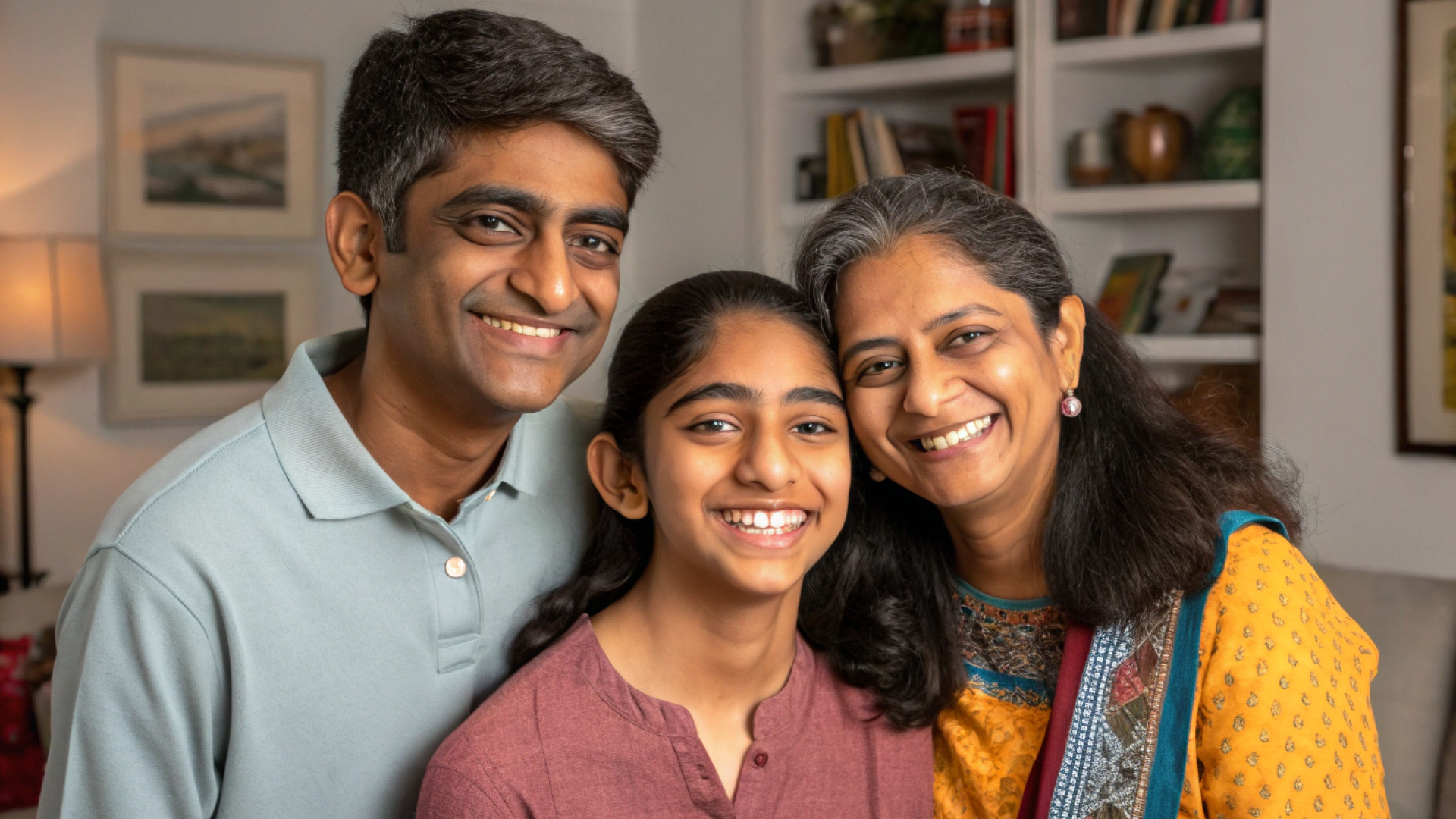

Worried that studying abroad is only for the wealthy? It doesn’t have to be.
Yes, Indian students can study abroad for free, but only with early planning, strong applications, and smart choices.
Studying abroad might seem expensive at first, but the reality is much more hopeful. “Free” often means tuition-free education, which takes care of the biggest cost. While students still need to budget for living expenses, travel, and visas, the good news is that many scholarships also provide support for these costs. With smart planning and the right resources, studying abroad can be both affordable and achievable.
In this guide, you’ll learn how to study abroad for free, which countries offer no-fee education, how to apply for scholarships, and what budgeting strategies can help you reduce or eliminate costs. Whether you're exploring options right after Class 12 or planning ahead, you'll find actionable advice to make it possible - even on a tight budget.
Some countries are genuinely committed to making quality higher education accessible even for international students. While “free” often refers to tuition-free education, many of these countries also offer affordable living options, student benefits, and opportunities to work part-time. Here are some of the best options for Indian students:
Germany is one of the most popular destinations for Indian students seeking affordable, world-class education.

While Finland introduced tuition fees for non-EU students, it also offers generous scholarships to cover those costs.
Sweden’s public universities charge tuition for non-EU students, but there’s strong scholarship support at the master’s level.
France combines affordable education with rich cultural and academic opportunities.
The Czech Republic offers a unique dual opportunity for affordable education.
Many of these countries also allow part-time work (15–20 hours/week) and offer affordable healthcare, student discounts, and public transport benefits, making them truly budget-friendly destinations for Indian students.
A fully funded scholarship goes beyond just covering tuition, it typically includes living expenses, travel costs, visa fees, and sometimes even health insurance. While these scholarships are highly competitive, they’re absolutely within reach for Indian students who prepare early, maintain strong academic records, and craft standout applications. Here are some of the most respected fully funded scholarships available:
Want to find out which scholarships you can apply for? Book a free counselling session today!
Pro tip: Apply to at least 4–6 scholarships early, deadlines can be 6–12 months before your course starts.

Even if tuition is free, you’ll still need to budget for daily living. These may include:
Most countries allow students to work part-time (10–24 hours/week) during term and full-time during holidays. In addition, students can explore:
Want more budgeting advice? Here’s how to study abroad for cheap.
Securing a spot at a tuition-free university or winning a fully funded scholarship takes planning, focus, and effort, but it’s absolutely doable for Indian students who start early and stay organised. Here’s what makes the difference:
Remember: Thousands of Indian students win full or near-full funding every year, and with the right support, your child can too.
Yes, absolutely. Every year, thousands of Indian students successfully study abroad without paying tuition fees, either by enrolling in tuition-free public universities or receiving fully funded scholarships. While tuition may be waived, it’s important to remember that you’ll still need to budget for living costs like housing, food, transport, visa fees, and insurance. The key is to plan ahead and apply strategically.
Top choices include Germany, Norway, Finland, France, and Austria - all offering affordable or free education with excellent academic standards. Each country has unique requirements, so it's important to research the programs, language of instruction, and available scholarships.
Yes, some scholarships do. Fully funded scholarships often go beyond just tuition, they typically include: accommodation, a monthly living stipend, travel costs (flights), visa fees and health insurance.
Examples include DAAD (Germany), MEXT (Japan), and Fulbright (USA). Always read the scholarship details carefully to understand what’s included and if any costs will still need to be covered by the student or family.
Yes, in most countries, international students are allowed to work part-time to support their living expenses. For example:
These jobs can help with day-to-day expenses, but they shouldn’t be your only financial plan. Balancing work and studies can be demanding, so it’s important to prioritise academics and manage time well.
Studying abroad for free is possible, but it takes early research, strong applications, and the right strategy. Flylane offers personalised counselling sessions to help Indian families plan their child’s global education journey. From scholarship applications to tuition-free universities and affordable destinations, we’ll help you make informed, confident choices.
Talk to our study abroad consultants to explore your scholarship options and find the best-fit countries for your child’s goals.
Want a step-by-step plan to study abroad for free?
Book a free roadmap session with a Flylane expert: no pressure, just clarity for your family’s next step.



